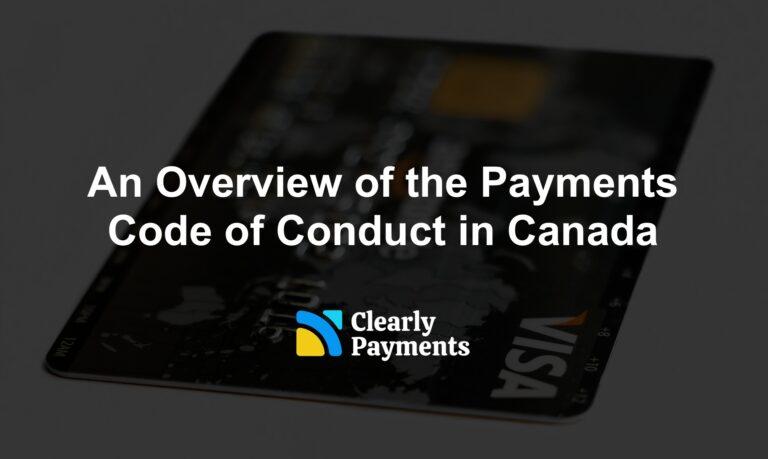Accepting credit card payments on your website is essential for any business that wants to sell products or services online. It’s a convenient and secure way for customers to pay for their purchases, and it can help you increase sales and grow your business.
There are a few different ways to accept credit card payments on your website. The most common way is to use a payment processor, such as TCM, Stripe or PayPal. These companies provide you with the technology and infrastructure you need to process credit card payments securely.
In this article, we’ll walk you through the steps of accepting credit card payments on your website using a payment processor.
Choose a Payment Processor
The first step is selecting a reliable payment gateway, which acts as the intermediary between your website and the financial institutions that process payments. Popular payment gateways include TCM, PayPal, Stripe, Square, and Authorize.net. Here are some of the best payment gateways. Consider factors like transaction fees, international support, and the ease of integration with your website when making your choice.
There are many different payment processors to choose from, so it’s important to compare their features and pricing before making a decision.
When choosing a payment gateway, consider the following factors:
- Features: What features are important to you? Do you need a payment processor that supports international payments, recurring billing, or other specific features?
- Pricing: Compare the transaction fees and other fees charged by different payment processors.
- Ease of use: How easy is it to set up and use the payment processor?
- Customer support: Does the payment processor offer good customer support?
Set up a Merchant Account
To accept credit card payments, you’ll need a merchant account. Many payment gateway providers offer this service, while others require you to set up a separate account with a financial institution. During the application process, be prepared to provide business information, banking details, and agree to the terms and conditions.
The steps and timeline to get a new merchant account are as follows:
- Complete the get started form with a few easy details. Most payment processors will have an online form and get back to you within 24 hours
- Fill out the merchant account application that includes all your personal and business information along with the types of payment processing products you want. Be prepared with a void check or bank letter for verification. If you already have a merchant account, have 3 months of past processing statements available.
- The payment processor will send that completed application to their underwriting team to determine the risk. Depending on the processor, approval can take anywhere from 15 minutes to one week. Larger and more complex businesses generally take multiple days to one week.
- You will then get an approval or rejection letter for a merchant account. This normally happens by email.
- Once your business is approved for a merchant account, you will get access to your accounts with online access. Any payment hardware will be shipped, generally within 2 business days.
- You will now be accepting credit cards!
Integrate the Payment Gateway
Integrate the chosen payment gateway into your website. Most gateways offer plugins or APIs (Application Programming Interfaces) that make this process relatively straightforward. You may need the assistance of a developer if you’re not comfortable with coding.
The process of integrating your chosen payment gateway can be a varied experience, contingent on both the gateway selected and the platform of your website. For certain e-commerce platforms like Shopify or WooCommerce, the journey is simplified with readily available plugins and extensions designed for effortless integration. However, in the absence of these plugins, a more hands-on approach might be necessary, entailing manual code integration into your website. For example, TCM and Stripe offers exceptionally developer-friendly APIs, ensuring a smooth and accessible integration process.
Ensure Security
Security is paramount when dealing with credit card data. Implement SSL (Secure Sockets Layer) encryption to protect data transmission between your website and the payment gateway.
Additionally, comply with Payment Card Industry Data Security Standard (PCI DSS) requirements, which outline security measures to safeguard cardholder information.
Test Some Transactions
Before going live, conduct thorough testing to ensure that credit card transactions process correctly. Simulate both successful transactions and failed ones to identify and resolve any issues promptly.
Consider Mobile Compatibility
Get the best website payments with TCM
- Lowest-cost processing in the industry
- Fund transfers in less than one day
- A full set of payment products to accept credit cards from anywhere in the world
- World-class customer service




